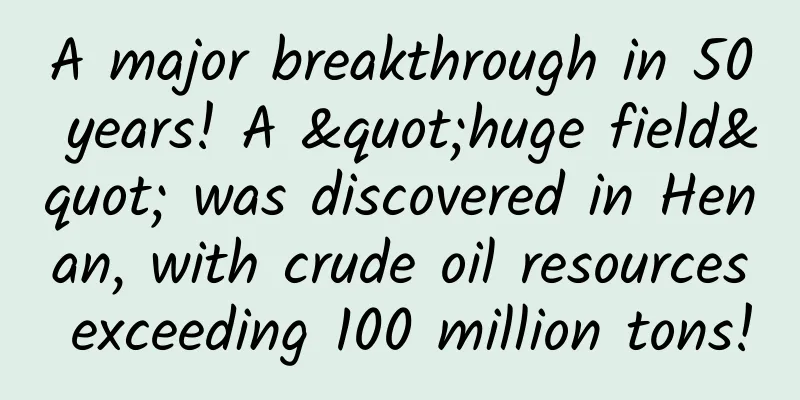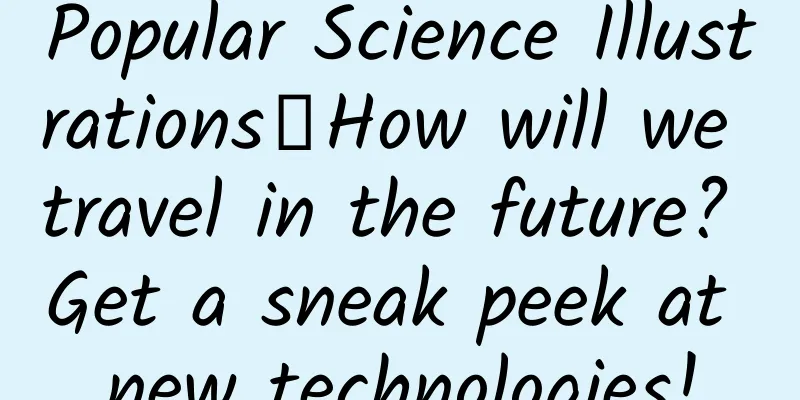The Paris Olympics will use a purple running track. How difficult is it for humans to achieve "purple freedom"?

|
There are less than 100 days until the 33rd Summer Olympics will be held in Paris, France. This Olympics has a special feature: the stadiums hosting track and field events will use purple running tracks . The running tracks of regular sports venues are usually red or blue. This time, the IOC broke the convention. According to the explanation of the person in charge, it was to create a sharper contrast with the audience seating area and attract more attention from the audience at the scene and in front of the TV. At the same time, "the purple color of the running track can remind people of the lavender in Provence." Workers lay the purple running track at the Stade de France (Image: Aurelien Morissard) As a color, purple is not uncommon in nature, especially in plants, such as lavender, violets, lilacs, hanging bamboo, platycodon... and even ripe eggplant. But for humans, it was once very difficult to obtain purple pigments or dyes, so much so that few countries used purple as the color of their national flags. The earliest history of human use of purple pigment can be traced back to the Neolithic Age. About 20,000 years ago, in the caves of Pechmer and its surroundings in France, people at that time used manganese-containing minerals to leave the outline of their own hands. However, in nature, there are very few minerals that can form a stable purple color. Although anthocyanins in plants can also appear purple, these natural pigments will change color with changes in pH, making them unstable in practical applications and unsuitable for use as dyes for clothing fibers. The murals in the Pech Merle cave (Photo source: over-blog.com) Around 1500 BC, the Phoenicians on the eastern coast of the Mediterranean discovered that there was a type of shell creature called murex in the local sea. After complex extraction and processing, the mucus secreted by it could form a purple dye that was not easy to fade. The Phoenicians quickly mastered this technology and monopolized the trade of purple dye. Even the name of this nation, "Phoenician", is related to purple, which means "people from the purple country". The ancient Romans at that time particularly liked this purple color. However, some scholars have calculated that it takes about 10,000 murex to produce about 1 gram of dye. Therefore, only the emperors and nobles of ancient Rome were qualified and able to enjoy purple, which also made purple a symbol of " nobility ". Different colors obtained from three types of murex. Fortunately, the production of purple dye was not large at that time, because the purple dye made from murex would always emit a fishy smell (Image source: Wikimedia Commons) On the other side of the continent, ancient China was also trying to "conquer" purple. Traces of purple were also found on the Terracotta Warriors of Qin Shi Huang . But due to changes in the environment, these purple pigments soon disappeared. What this striking purple color is has become a mystery that has troubled scholars for a long time. It was not until the 1990s that scientists finally figured out the mystery of the color of the Terracotta Warriors. It turns out that the purple pigment on the terracotta warriors is a substance that does not exist in nature , barium copper silicate . This shows that as early as the Qin Dynasty, China had mastered the technology of artificially synthesizing pigments. This ancient pigment was also named Chinese purple or Han purple . As time went by, humans gradually mastered more purple pigments, but compared to other colors, extracting purple is still not easy. In the early 19th century, Alexander von Humboldt, a famous German scientist and explorer, discovered a huge amount of guano near Peru in South America. This is a resource formed by the long-term accumulation of seabird droppings. Soon, this guano was continuously shipped to Europe, especially Britain. It can not only be used as fertilizer for agriculture, but also can be used to extract ammonium violurate , which was the most important purple dye at the time. Seabirds and guano on the coast of Peru. Because the ocean currents pass through Peru, bringing a large number of fish, many seabirds gather here. Over the years, a thick layer of guano has formed (Photo source: tomasmunita.com) But the British were soon disappointed: although the clothes printed with ammonium violurate were very bright, the purple color faded too easily. It turned out that Britain was in the industrial revolution at that time, and the air pollution was very serious. There were a lot of sulfur compounds in the air. Once these substances came into contact with ammonium violurate, they would react and fade. In order to obtain a more stable purple, many scientists at that time devoted themselves to research. However, as the saying goes, "unintentional planting leads to success", a failed experiment produced a new purple pigment. Before modern times, purple was only enjoyed by a small number of people in both the East and the West (Image source: Wikimedia Commons) Malaria is a malignant disease transmitted to humans by mosquitoes. At that time, people already knew that malaria could be treated with quinine. However, quinine at that time could only be extracted from the bark of the natural cinchona tree, which was very expensive, so artificial quinine synthesis was an important field in the scientific community at that time. In 1856, British scientist William Perkin tried to synthesize quinine from coal tar in his crude laboratory, but he failed as expected. However, when he was cleaning a flask with alcohol, he accidentally discovered that a purple solution appeared in the flask, and this solution was difficult to clean when dripped onto clothes. By applying for patents and investing in factories, Perkin quickly became rich by selling aniline purple (Image source: sciencehistory.org) This accidental discovery created the world's first synthetic dye, aniline purple . It was not only cheap but also not easy to fade, so this purple quickly led the fashion and became popular in Europe. Since then, purple has been freed from the label of "expensive" and can truly enter thousands of households and become a common option in our choice of color matching. The story of human beings' pursuit of purple is also the process of our continuous exploration of the unknown. The debut of the purple runway in the upcoming Paris Olympics may once again lead the fashion, which is also a new story about the history of "purple". The running track used in this Olympics is mainly composed of natural rubber, synthetic rubber, mineral compounds, pigments and additives, more than half of which are recycled or renewable components (Photo source: eaglenews.ph) So, what kind of legend will be born on this gorgeous runway? Let us wait and see! Finally, can you guess which countries have purple on their national flags? References [1] Anne Varichon, Couleurs-pigments dans les mains des peuples, p. 144–146 [2] Seeing purple: Fans get a new track color and maybe record-breaking times at Paris Olympics https://www.kxan.com/sports-general/ap-seeing-purple-fans-get-a-new-track-color-and-maybe-record-breaking-times-at-paris-olympics/ [3] Seeing purple: Fans get a new track color and maybe record-breaking times at Paris Olympics. https://www.nbclosangeles.com/paris-2024-summer-olympics/seeing-purple-fans-get-a-new-track-color-and-maybe-record-breaking-times-at-paris-olympics/3387701/ [4] Bo Zuan. Dyed with mystery[J]. Big Science: Mysteries of Science (A), 2005(2):2. DOI:CNKI:SUN:DAKJ.0.2005-02-00A. [5] Xia Yin, Yan Sumei. Re-study of the purple pigment in the painted terracotta warriors[C]//Conference Papers of the International Academic Symposium on the 30th Anniversary of the Opening of the Terracotta Warriors Museum and the 7th Annual Conference of the Terracotta Warriors Studies (for conference use). 2009. [6] Victoria Finlay, The Story of Color: A Natural History of the Palette, translated by Yao Yunzhu. Beijing: Sanlian Bookstore, September 2008. [7] Gavin Evans, The Story of Colors; translated by Zhu Jing. Haikou: Hainan Publishing House, June 2019. Planning and production Source|Bring Science Home (ID: steamforkids) Author: Quasimodo by the River Editor: Wang Mengru Proofread by Xu Lailinlin |
<<: Cocoa prices double! Will we still be able to afford chocolate in the future?
>>: Sunglasses should be replaced every 2 years, otherwise it’s the same as not wearing them?
Recommend
Fish has more than 7 seconds of memory! I don’t eat fish, so am I forgetful?
This is the 4837th article of Da Yi Xiao Hu Autho...
Hisense VIDAA LED55V1UC curved TV review: content value mining is more important than hardware upgrades
As a leading traditional TV manufacturer in China...
Warren Buffett and Lynch teach you the golden rules of investing for investors [audio]
Warren Buffett and Lynch teach you the golden rul...
China Passenger Car Association: Analysis of the Pickup Truck Market in October 2022
According to data from the China Passenger Car As...
Many people say it is a "hidden killer"! Seriously, everyone should be careful...
Expert of this article: Shi Zhaowen, deputy chief...
Samsung Galaxy S6 battery leak: capacity decreases instead of increases
Samsung's next flagship Galaxy S6 may have a ...
93% of marketers are troubled by product copywriting. These two tricks can help you solve it easily.
Even a bad product can be popular with good copyw...
WeChat's latest blockbuster feature begins internal testing, two phones can log in to one account at the same time
The update speed of WeChat has slowed down a bit ...
iOS 12 foreshadows five future trends for iPhone and iPad worth paying attention to
Apple's iOS 12 operating system has now been ...
A red-crowned crane walking down the street? It probably doesn't need to be watched...
In the first few days of 2024, Northeast China ha...
In addition to Android and iOS, there is also an "unknown OS" that is rising
[[128637]] We always think that in the near futur...
WeChat's ringtone-changing function has been criticized: it only works within the app
WeChat officially released the iOS 8.0.8 version ...
Are you afraid of DDoS like a tiger? Relax and Google's protection project is now online
As early as 2013, Google launched a project calle...
Extinction and evolution: Is the reappearance of extinct species the rebirth of the Earth after self-repair?
Some netizens asked: some species that have been ...
Weather satellite: predicting wind, frost, rain and snow
Among all kinds of satellites, there are some tha...









